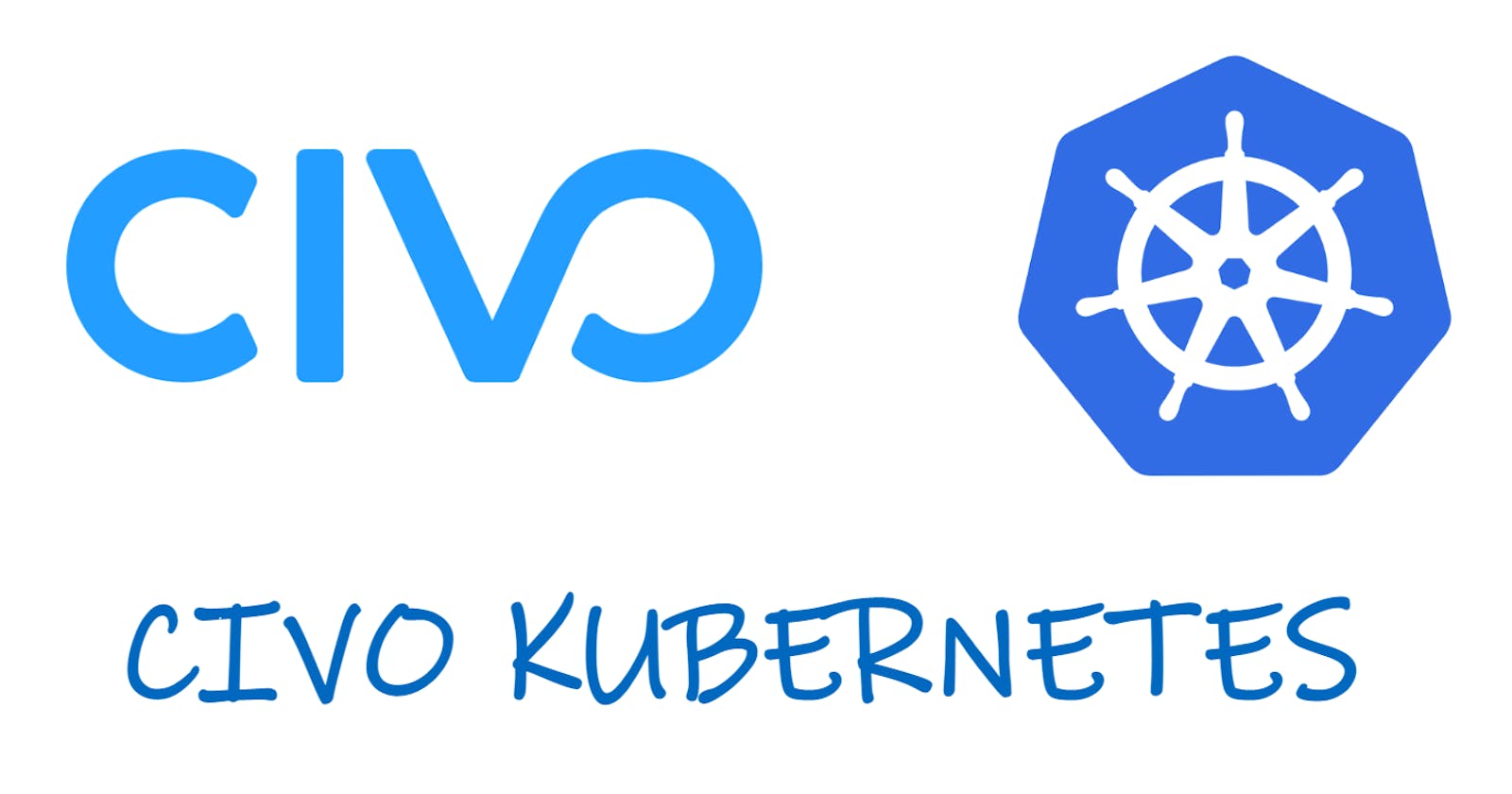In this blog I am going to show you how to setup 3 node Kubernetes cluster in Civo and interact with it from our windows Terminal or PowerShell or CMD
What is Civo
Civo is a cloud native service provider powered only by Kubernetes.
- Civo provides Blazing fast cluster launch times in under 90 seconds
- It gives simplified developer experience
- it gives us transparent pricing from just $5 a month.
Setting up Kubernetes cluster on Civo
Step 1 :- signup/login to civo (civo.com)

Step 2 :- Go to Kubernetes section from left side.

Step 3 :- Click on create new cluster

Step 4 :- Choose name, nodes, Network, firewall (I am choosing everything as default)

Step 5 :- Select size for the cluster (I am selecting Medium)

Step 6 :- Click on create cluster as we are learning so we do not need anything else now.

Now in 90 seconds our 3 nodes cluster will be up and running.

Our Kubernetes cluster is up and running

How to interact with our cluster on civo ?
To work with our kubernetes cluster on civo we need to install civo cli on our local system. As I am using Windows so I will going to use chocolatey package manager to install civo cli
If you are using any other operating system please refer to this link github.com/civo/cli
Step 1 :- open PowerShell in window with run as administrator

Step 2 :- Run command choco install civo-cli

Note :- To install civo-cli with chocolatey your operating system must have chocolatey installed otherwise install it. To install chocolatey refer chocolatey.org/install
Step 3 :- Now setup the CLi with our civo API key
- We have to first get our API key which is already created for us if we have civo account we can find it here We can also regenerate our key.

Now we get our key so we have to add it in our CLI config.
- go to PowerShell again and run command
civo apikey add my_api_key <your api key>

- Now set the current key to be the key we just added. run command
civo apikey current my_api_key

Step 4 :- Now save the kubeconfig file of our cluster to work with it.
- Run command
civo kubernetes config My-K8s --save

Now we can run our Kubernetes commands like kubectl get nodes

We can do the same steps with windows terminal and Command prompt also instead of PowerShell.
This is our 3 node Kubernetes cluster if we want we can also use 1 node cluster with using minikube. well the installation of minikube is very easy you can refer official documentation here
Additional
What is kubectl?
kubectl is a command line tool for Kubernetes like we have git for git & GitHub. By kubectl we can interact with our Kubernetes cluster and manage our application.
I hope you enjoyed this blog.
Thank You for reading 😊😊
